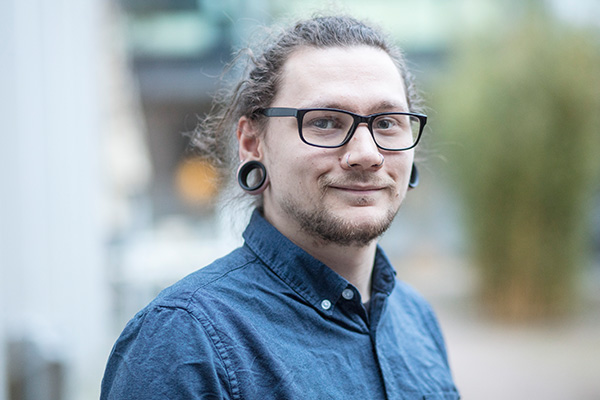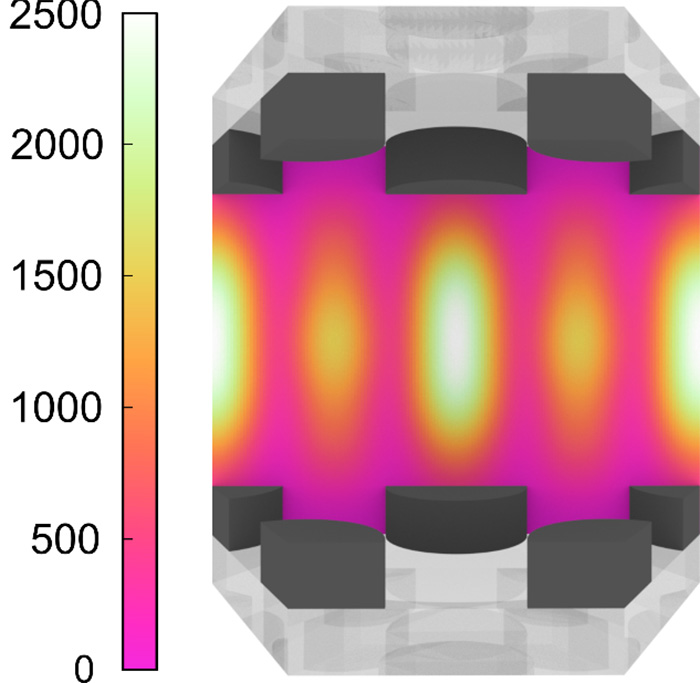Helicity Preserving Cavity for Circular Dichroism Enhancement
Philip Scott – Hector Fellow Martin Wegener
Most modern drugs are made up of one handedness of a chiral molecule (one enantiomer). In many cases, depending on the handedness of the enantiomer, the drug could have either beneficial or harmful effects, thus is it desirable to be able to detect the handedness. Circular dichroism (CD) spectroscopy can differentiate between the handedness due to differential absorption of circularly polarised light but suffers from weak signals; therefore, a method that can enhance the signal is desired.
Being able to detect the handedness of an enantiomer is important so that a dug consisting of the wrong enantiomer is not given to a patient, which could result in harmful effects instead of helpful effects. A method that can differentiate between the handedness of enantiomers is CD spectroscopy, but this suffers from weak signals from the molecules and thus requires long sampling times and large sample sizes. Because of the weak signals from CD spectroscopy, one would desire for a solution that can improve this signal without changing the sample size.
In the project supervised by Hector Fellow Martin Wegener, I will use techniques such as RF-sputtering and lithography to fabricate the CD enhancing cavity proposed by the Rockstuhl and Wegener groups at KIT. The cavity will need to be fabricated in accordance to three design requirements. It must be achiral, helicity preserving and have a large field enhancement over a large area. The design for the cavity consists of two silicon disk arrays that make use of the first diffraction order to produce large helicity preserving modes whereas a conventional cavity would flip the helicity of the light that would lower the CD signal.
I will also design and build an experimental setup to test the enhancement values of the cavity. The experimental setup must be able to vary the size of the cavity and the alignment of the two arrays to not disobey the design condition and have a microfluidic chamber for the molecules to flow through.
Figure description: 3D model of the silicon disk cavity with helicity preserving modes. (J. Feis et al., Phys. Rev. Lett., submitted. (2019), with permission)

Philip Scott
Karlsruhe Institute of TechnologySupervised by

Martin Wegener
Physics & Engineering

